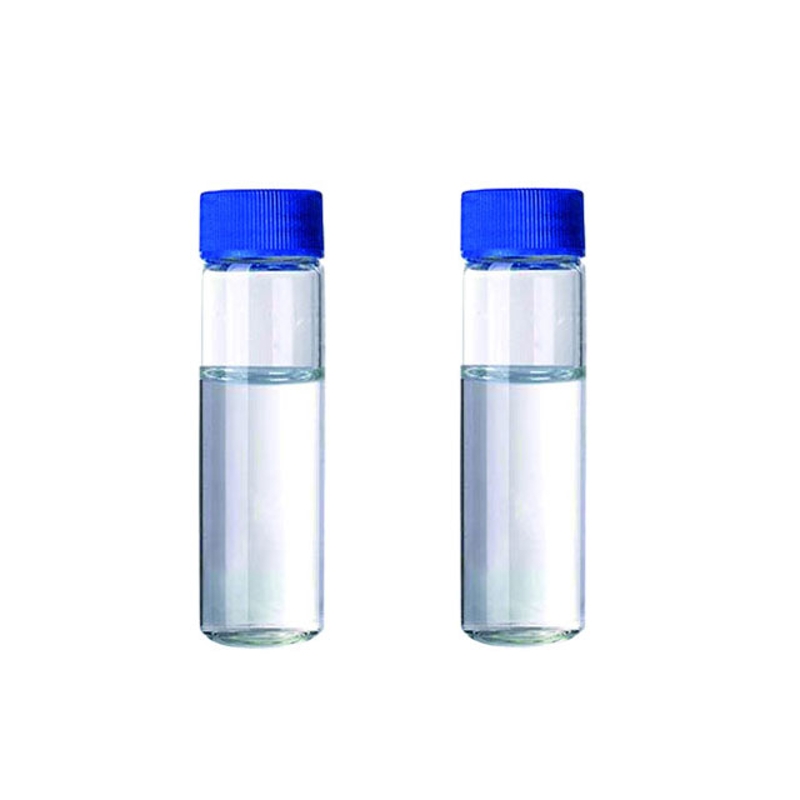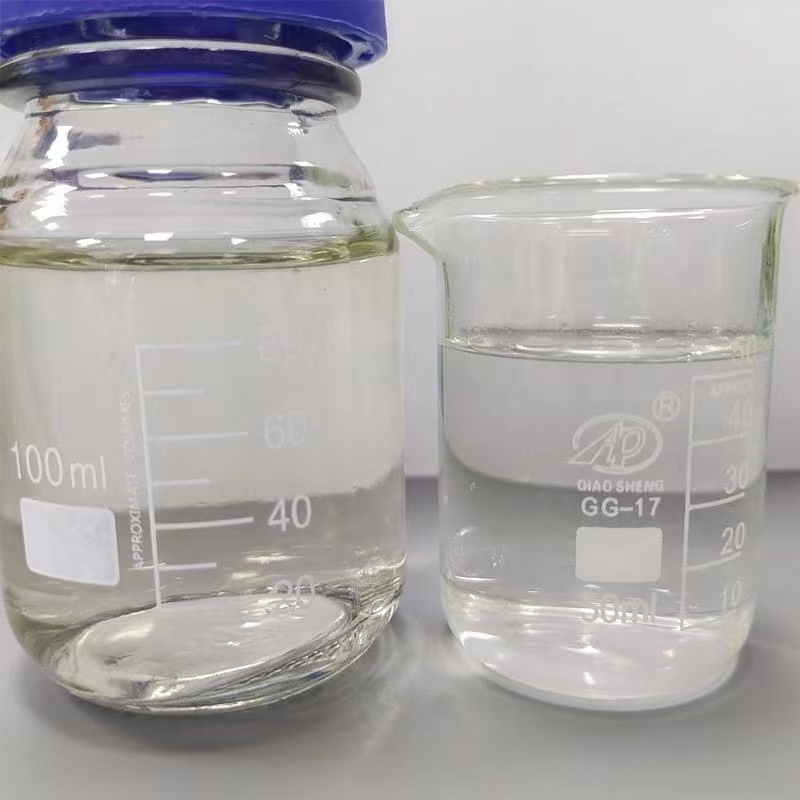Swiss scientists develop cheap and efficient nano-vaccine
-
Last Update: 2020-07-07
-
Source: Internet
-
Author: User
Search more information of high quality chemicals, good prices and reliable suppliers, visit
www.echemi.com
bioengineering researchers at the Federal Institute of Technology (EPFL) in Lausanne, Switzerland, have developed a new type of nanoparticle and has been patentedUsing these nanoparticles allows vaccines to be transmitted more efficiently with fewer side effects and much less costly than existing vaccine technologiesThe results appear in the online edition of the September 16 issue of the journal Nature BiotechnologyThe vaccine delivery platform is a simple combination of nanotechnology and chemistry on the surface, but it has a huge advantage over the current vaccine approachThe technology allows people to vaccinatediseases such as hepatitis and malaria with just one injectionMoreover, a dose of vaccine costs only a dollar, which will have a breakthrough impact on public health in developing countriesVaccination is the injection of a non-viral pathogen or a molecule from a pathogen (called an antigen) that the immune system reacts to, destroying the pathogen and then forming a "memory" of a pathogenLater, when a pathogen in the form of a virus appears, the memory restates and quickly destroys the intruderMost vaccines are resistant to viruses or bacteria, but researchers are also exploring vaccine technology as a way to kill cancer cellsWith the development of technology, the current immune response can be triggered by a single protein from a virus or bacteriaRecent studies have also shown that the best way to obtain persistent immunity is to transfer an antigen directly to a specialized immune cell, the dendritic cell (DC)This technique has not yet been used in the clinic because there are two difficulties in locating DC: first, injections usually involve subcutaneous or intramuscular injections, but the number of dendritic cells in these areas is limited, making it difficult to obtain an adequate immune response with a single injection; The current approach is to mimic bacterial molecules known to the immune system, but this can cause toxic side effectsNanoparticles made by the EPFL team completely overcome these limitationsThe nanoparticles are very small, at only 25 nanometers, and once injected, they flow through the skin's extracellular matrix and then reach the lymph nodes in a straight lineWithin a few minutes, the concentration of the DC molecules they activate will be thousands of times higher than the concentration of DC in the skin, resulting in a very strong and effective immune responseThe researchers also designed a special chemical coating for the nanoparticles to simulate the surface chemistry of bacterial cell walls Not only does DC recognize it as a special intruder, but it also knows that it is foreign, when a low-value universal immune response (called a "complement") is triggered This will lead to a particularly strong immune response without any unpleasant risks and toxic side effects EPFL researchers say people have been looking for nanoparticles that are thinking of activating the complement as a red flag and using slow interstitial matter to flow to the lymph nodes, a new approach But it also means that the nanoparticles are much smaller than anything they are currently working on, and no laboratory has been able to integrate so many functions into nanoparticles that are smaller than existing biological particles Once EPFL has developed this formula, any laboratory can produce it Common nano-vaccine technology requires degradation in water, requiring expensive drying and treatment processes In contrast, nanoparticles developed by EPFL degrade only when they reach the human body They are in liquid form and do not require refrigeration, so the cost of preparation and handling is reduced and easy to transport This is particularly suitable for use in developing countries, as cost and logistics are important factors in universal health The EPFL team is currently conducting a joint study with the Swiss Tropical Institute to determine the immune response strength and persistence of a nanomalarial vaccine, as well as toxicity studies The team also plans to use the technology to study cancer cells (Feng Weidong)
This article is an English version of an article which is originally in the Chinese language on echemi.com and is provided for information purposes only.
This website makes no representation or warranty of any kind, either expressed or implied, as to the accuracy, completeness ownership or reliability of
the article or any translations thereof. If you have any concerns or complaints relating to the article, please send an email, providing a detailed
description of the concern or complaint, to
service@echemi.com. A staff member will contact you within 5 working days. Once verified, infringing content
will be removed immediately.







